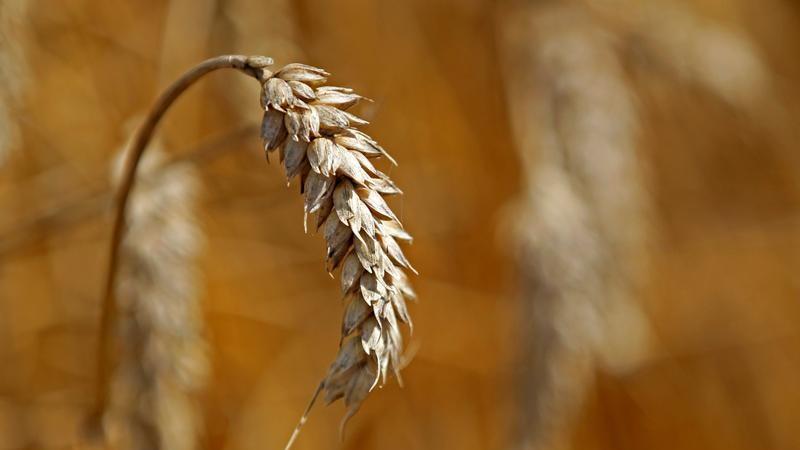Rabi Crop Sowing: Favorable Trends and Upcoming Wheat Planting Season

Preliminary data reveals promising signs for winter crop sowing, with increased acreage in various crops. While wheat planting is set to begin, concerns arise for chana due to a lower MSP increase. As favorable climate conditions and reservoir levels support sowing activities, the agricultural landscape is poised for growth and change.
Highlights
Crop Sowing Trends: Initial sowing data shows an increased acreage for several winter crops, including mustard, masur (lentil), jowar, and maize. Wheat planting, however, has not yet begun. The total area under all rabi crops is reported to be 22.53 lakh hectares as of October 20, which is higher than the previous year’s 21.87 lakh hectares.
Favorable Climate Conditions: The sowing activities are expected to benefit from conducive climate conditions. The decreasing day temperatures in the northern regions, along with good moisture content and normal reservoir levels, are positive factors for the sowing of winter crops.
Reservoir Storage Levels: The storage levels in 10 reservoirs across Himachal Pradesh, Punjab, and Rajasthan were at 80.9% of their combined storage capacity as of October 19. This is slightly lower than the 89% storage level in the same period the previous year, but it is in line with the ten-year average storage of 81.3% as of October 19.
Paddy and Pulses Sowing: Paddy acreage has decreased, with 2.18 lakh hectares covered compared to 2.71 lakh hectares in the previous year. Tamil Nadu (NS:TNNP) reports the highest paddy sown area at 2.08 lakh hectares. In pulses, the overall sown area is lower at 3.71 lakh hectares, with chana (gram) seeing a decrease in acreage. Rajasthan and Karnataka have the highest sown area for pulses.
Coarse Cereals and Oilseeds Sowing: The sowing area for coarse cereals and Shree Anna has increased to 3.71 lakh hectares, with Maharashtra reporting the highest coverage. Oilseeds sowing has reached 12.93 lakh hectares, with Rajasthan having the largest sown area, followed by Uttar Pradesh.
Concerns with Chana Crop: There is a concern with regard to the chana (gram) crop, as the government has increased its minimum support price by 2%, which is lower than the 7% increase for wheat. The market price of wheat is also favorable, which may encourage some farmers to shift from chana to wheat.
Wheat Sowing Timing: Wheat sowing is expected to begin in the first week of November. Many paddy-sown areas in Punjab have been cleared for winter crop planting.
Conclusion
In conclusion, the initial sowing data for the Rabi crop season brings optimism for agriculture. The increased acreage in crops like mustard, lentils, and maize, coupled with the impending wheat planting, signifies a potentially fruitful season ahead. However, concerns loom over the chana crop, with a comparatively lower MSP increase and enticing market prices for wheat potentially influencing farmers’ choices. Favorable weather conditions and healthy reservoir levels create a conducive environment for sowing activities. As the winter crop season unfolds, it’s apparent that farmers and policymakers must navigate a dynamic landscape, balancing market dynamics and the need for crop diversification while keeping a watchful eye on the evolving agricultural scenario.














